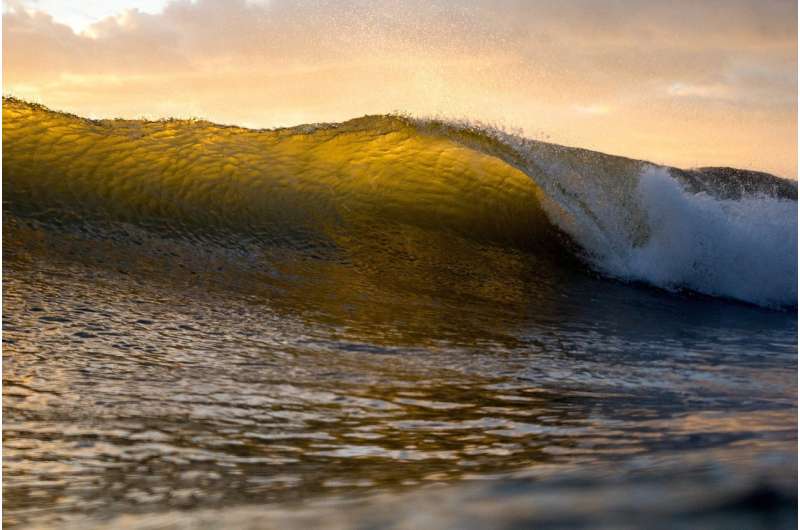Credit: CC0 Public Domain
In theory, one third of global electricity needs could be provided by the world's tidal range, according to a new comprehensive state-of-the-art review of tidal range power plants.
The review estimates that 5792 TWh could be produced by tidal range power plants—using tidal lagoons and barrages to convert energy from the highly predictable rise and fall of the world's oceans. However, 90 percent of the resource is distributed across just 5 countries, with both the UK and France having a significant share of that resource.
Researchers at the School of Ocean Sciences, Bangor University have published the review of tidal range energy resource and optimization in Renewable Energy, an international peer-reviewed journal. The review also discusses how tidal lagoon power plants can be optimized, through detailed modelling, and via optimizing the mode of operation of multiple tidal lagoons located along a coastline, using a blend of flood only, ebb only, and two-way generation plants.
Lead author Dr. Simon Neill explains, "Tidal lagoons are attracting national and international attention, with the 2017 publication of the government commissioned "Hendry Review", which assessed the economic case for tidal lagoon power plants, and suggested that a "Pathfinder" project in Swansea Bay could be the start of a global industry. Geographically, the UK is in an ideal position, containing many regions of large tidal range as a result of the resonant characteristics of this part of the European shelf seas."
However, Dr. Sophie Ward, another author of the study, cautioned "although tidal lagoons will likely be less intrusive than tidal barrages (which tend to span entire estuaries), they require careful design and planning to minimize the impact on the local environment. With significant global potential for tidal range power plants, we need to closely monitor environmental consequences of extracting energy from the tides, and be cautious of altering natural habitats by building structures and impounding water in lagoons or behind barrages."
More information: Simon P. Neill et al. Tidal range energy resource and optimization – Past perspectives and future challenges, Renewable Energy (2018). DOI: 10.1016/j.renene.2018.05.007
Journal information: Renewable Energy
Provided by Bangor University























